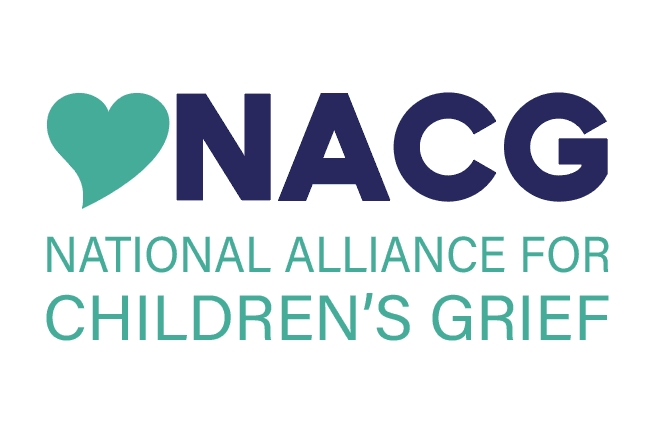Estimates are that:
• 1 in 5 school-aged children experiences the death of a loved one
• 1 in 20 experience the death of a parent or sibling by high school
• 7 in 10 teachers report have grieving students in their classroom
These realities can be unsettling and unfortunately are frequently under addressed. Often a death is not communicated to school personnel, supportive resources are in short supply, and a loss history does not follow students from year to year. It is also important that most educators report they have little or no training in grief or in supporting a grieving student. Many teachers report that grief can result in students having difficulty concentrating, participating less, decreasing in quality of classwork, and being absent more frequently.
Imagine being a student who has experienced the death of a loved one and is still expected to focus, perform, and be social. Sometimes in a school setting, children with loss want to remain anonymous and fit in, but many are in need of support, time, and compassion. Empathic teachers, trust counselors, school psychologists, and social workers are ideally positioned to help.
Here are some simple hints that may be beneficial both to students and professionals after loss:
• Begin with You – Any effort to assist others should begin with reflection on your own needs and intentions. Taking care of oneself is the first step in helping others.
• Routine and Ritual helps – Maintain structure and schedule. Children benefit from being able to count on some things staying the same after a loss.
• Talk about it (simply and honestly) - Children benefit from honest, clear, and age appropriate information. Difficult experiences can also be teachable moments. Often children want to talk but may need an invitation or an example.
• Find “Teachable” Moments – Even difficult topics can be opportunities to explore ideas and share information. Engage students in discussion of loss as a cultural or social experience. Allow them to express feelings in safe and productive ways.
• Listen Carefully – Listen for the thoughts, needs, and feelings behind what is shared. Listening is an active process, pay attention to a child’s action and behavior as it is sometimes a communication of feelings.
• Address their Questions – You may not have all the answers, especially to the “big” questions that children ask like “why”. Often, they are simply looking for a sense of understanding so they can feel safe and prepared. By being open to questions, children will see you as a resource and feel more comfortable sharing with you when needed.
• Patience, patience, patience – Be patient with those around you and with yourself. Feelings and behaviors can change over time. Focus on the adjustment to life after the loss. It is an ongoing and long term experience.
• Connect with Community/Resources –Be open to assistance, explore resources and remember you don’t have to do it all yourself. Working together allows for shared energy and a sense of strength that can help during the stress of difficult experience.
o Children’s Bereavement Center – www.childbereavement.org
o National Alliance for Grieving Children – www.childrengrieve.org
o Coalition to Support Grieving Students – www.grievingstudents.org
o Jewish Community Services (Switchboard) – www.jcsfl.org/services/switchboard-211









